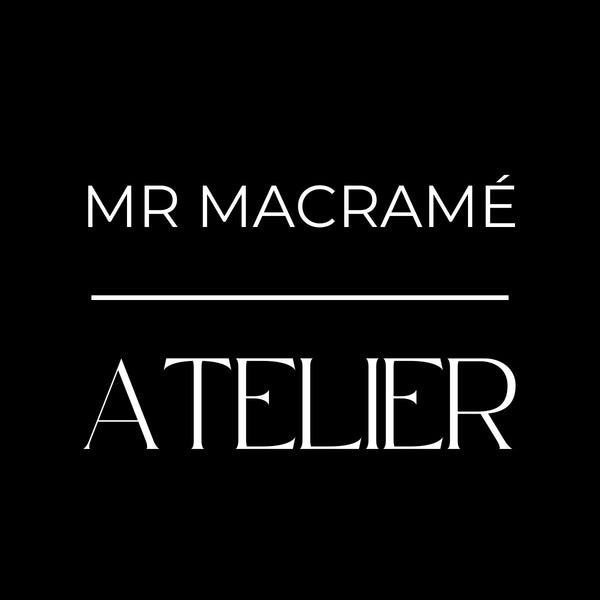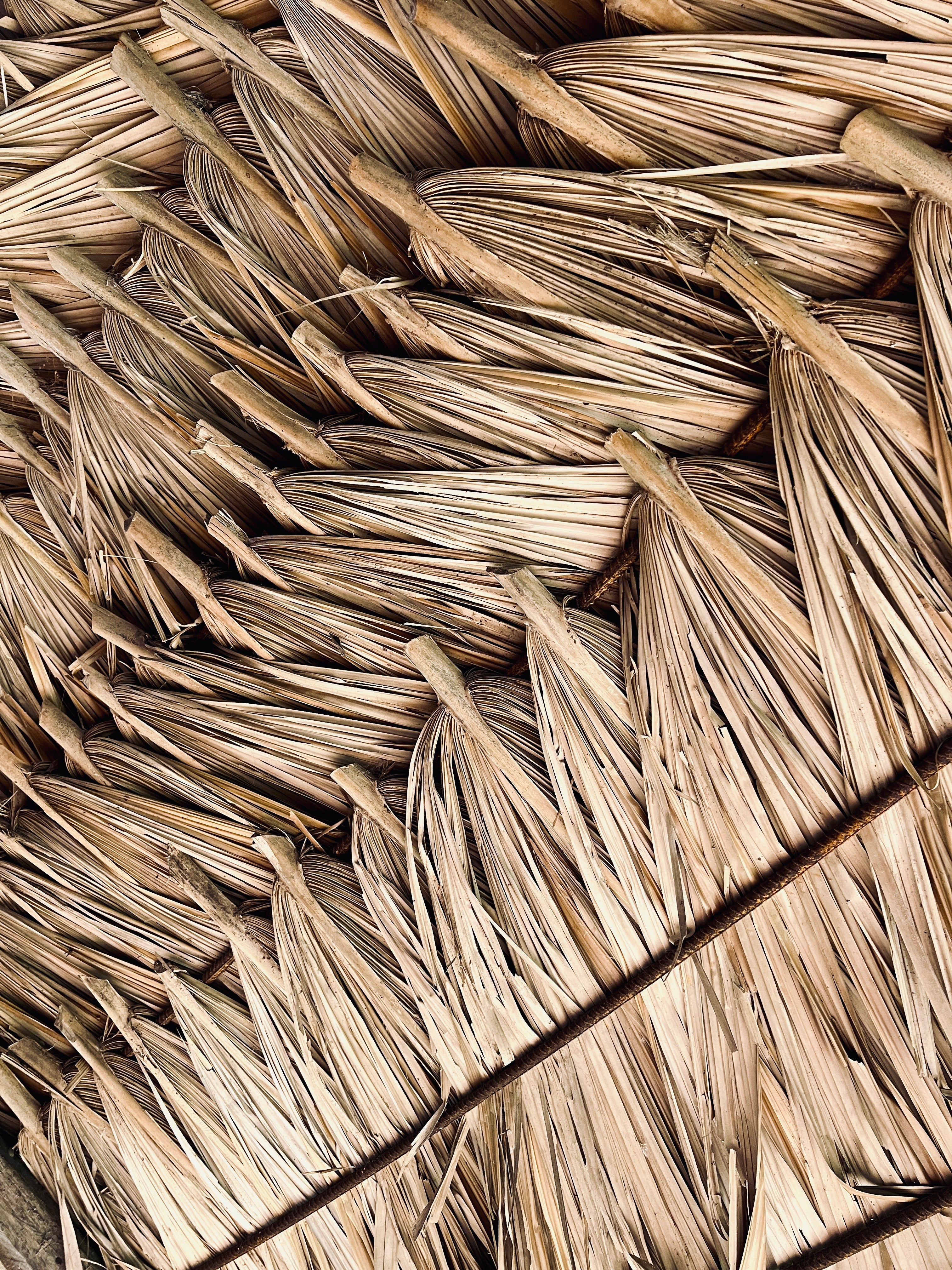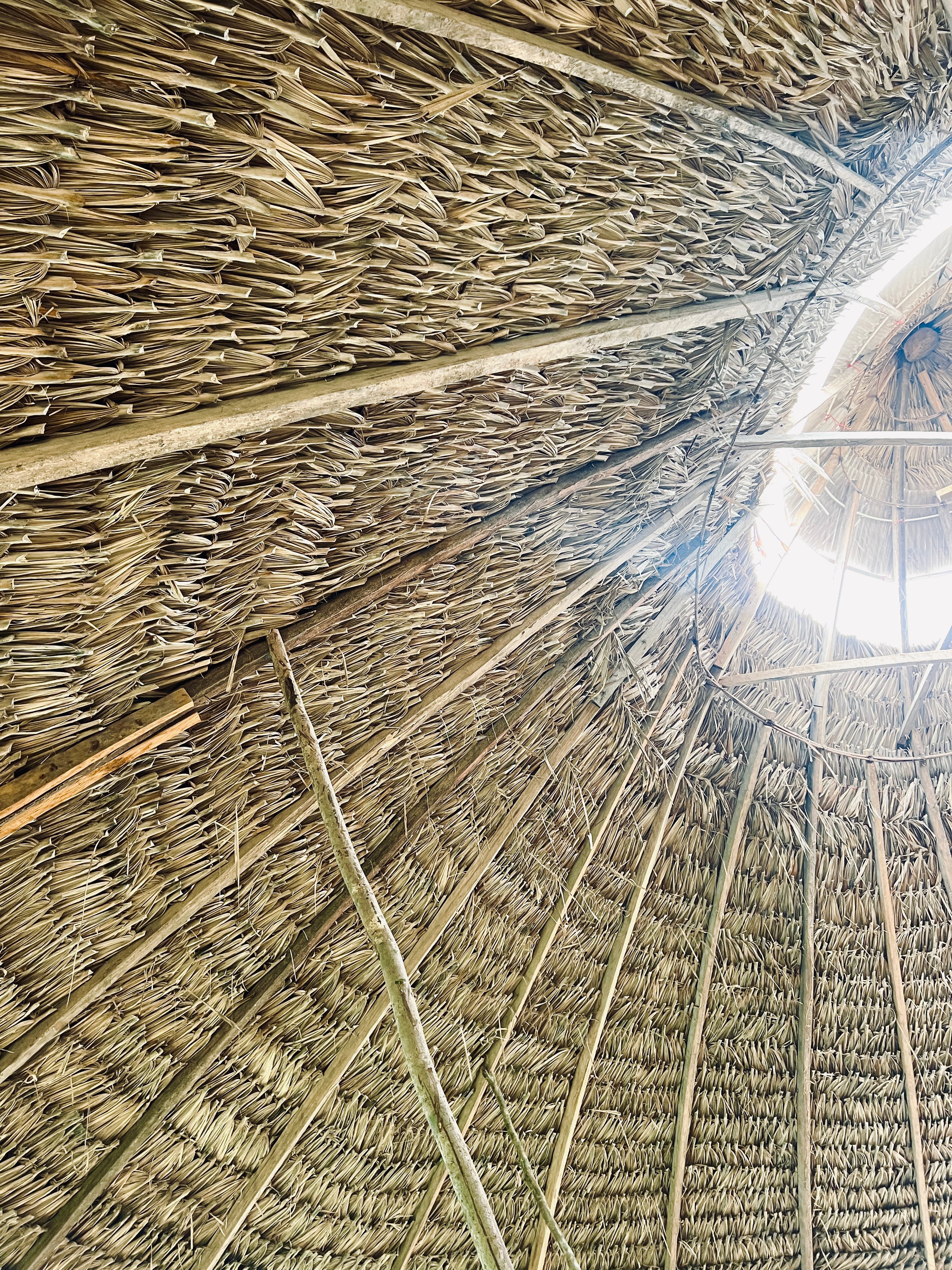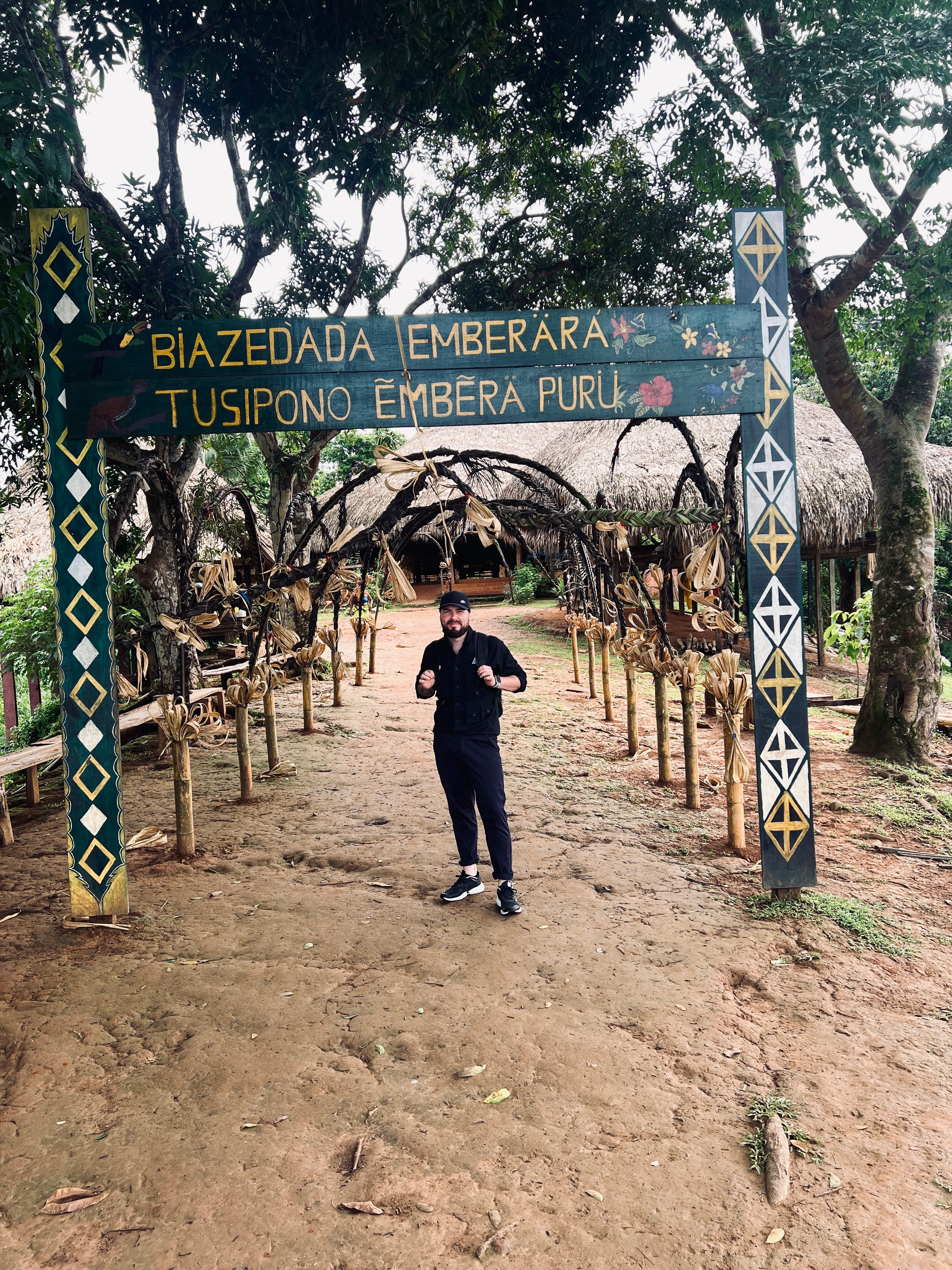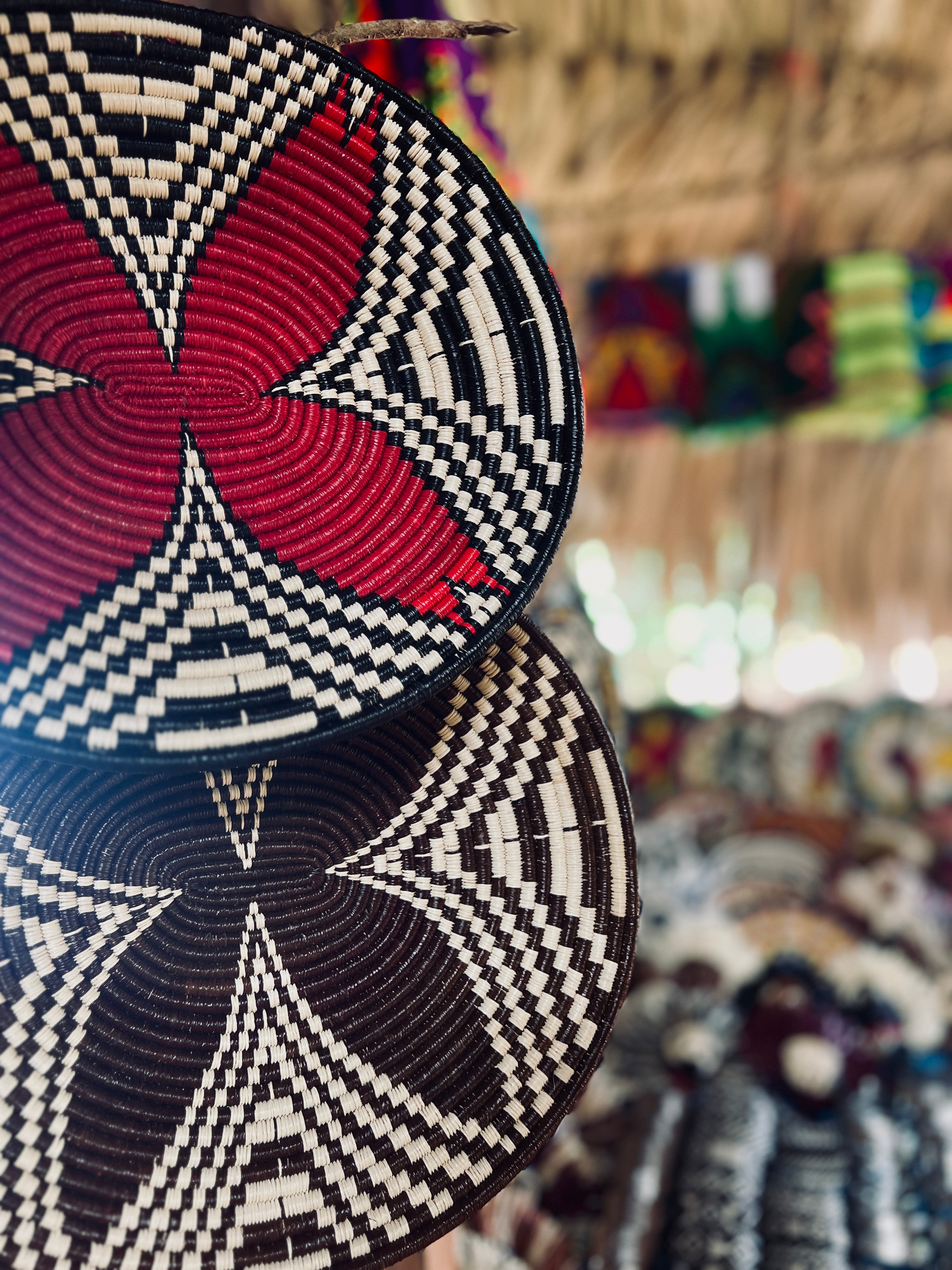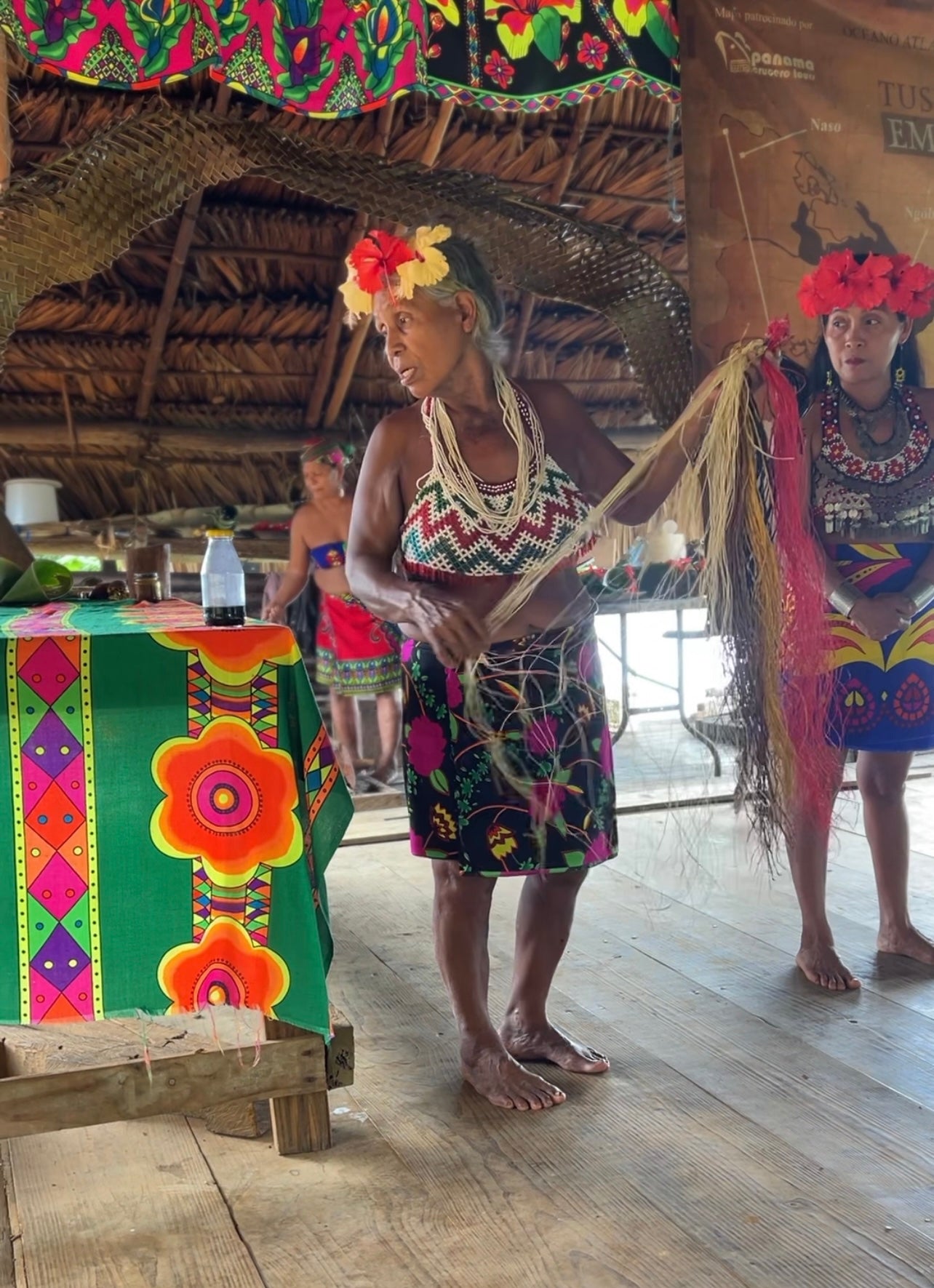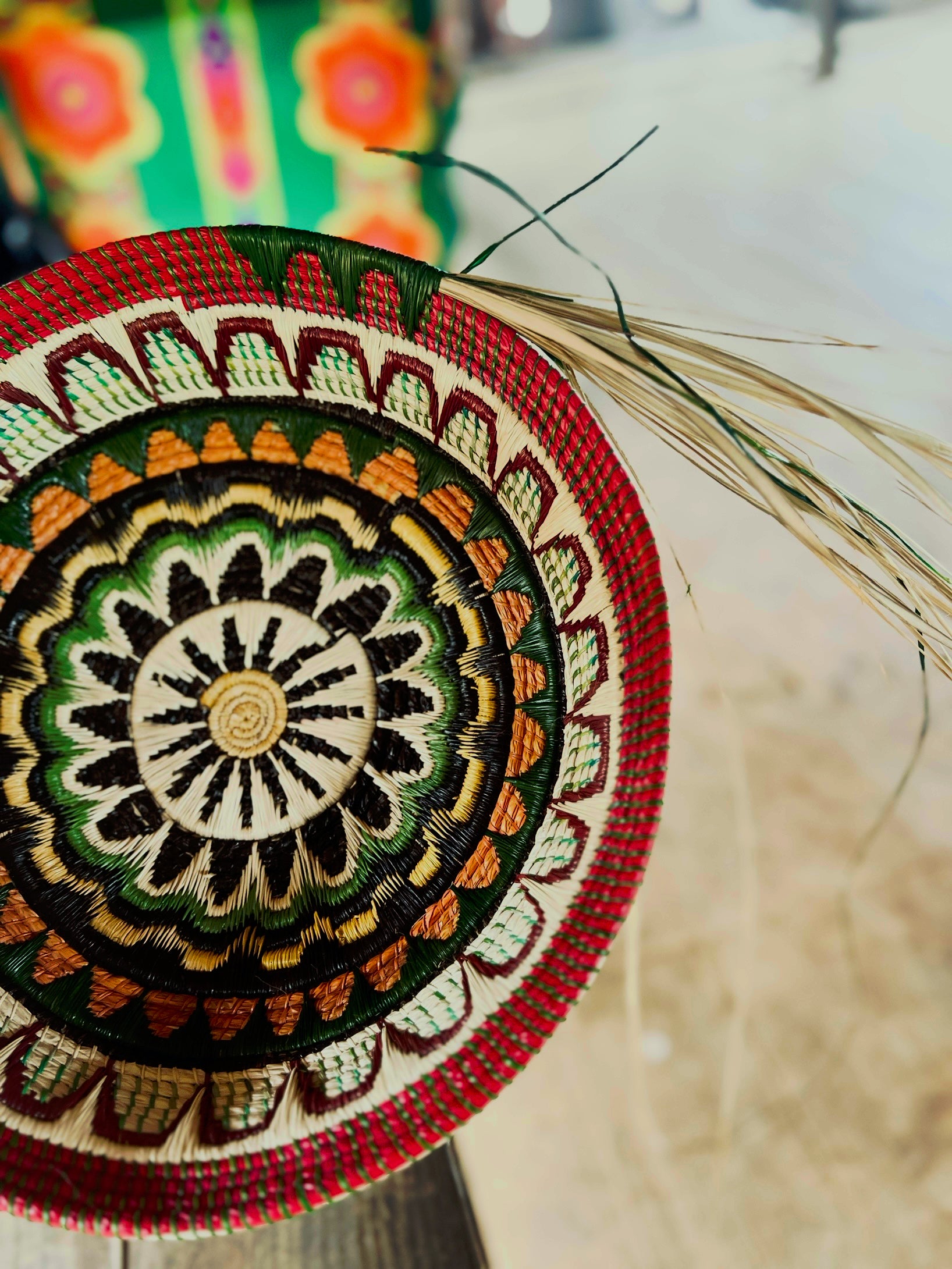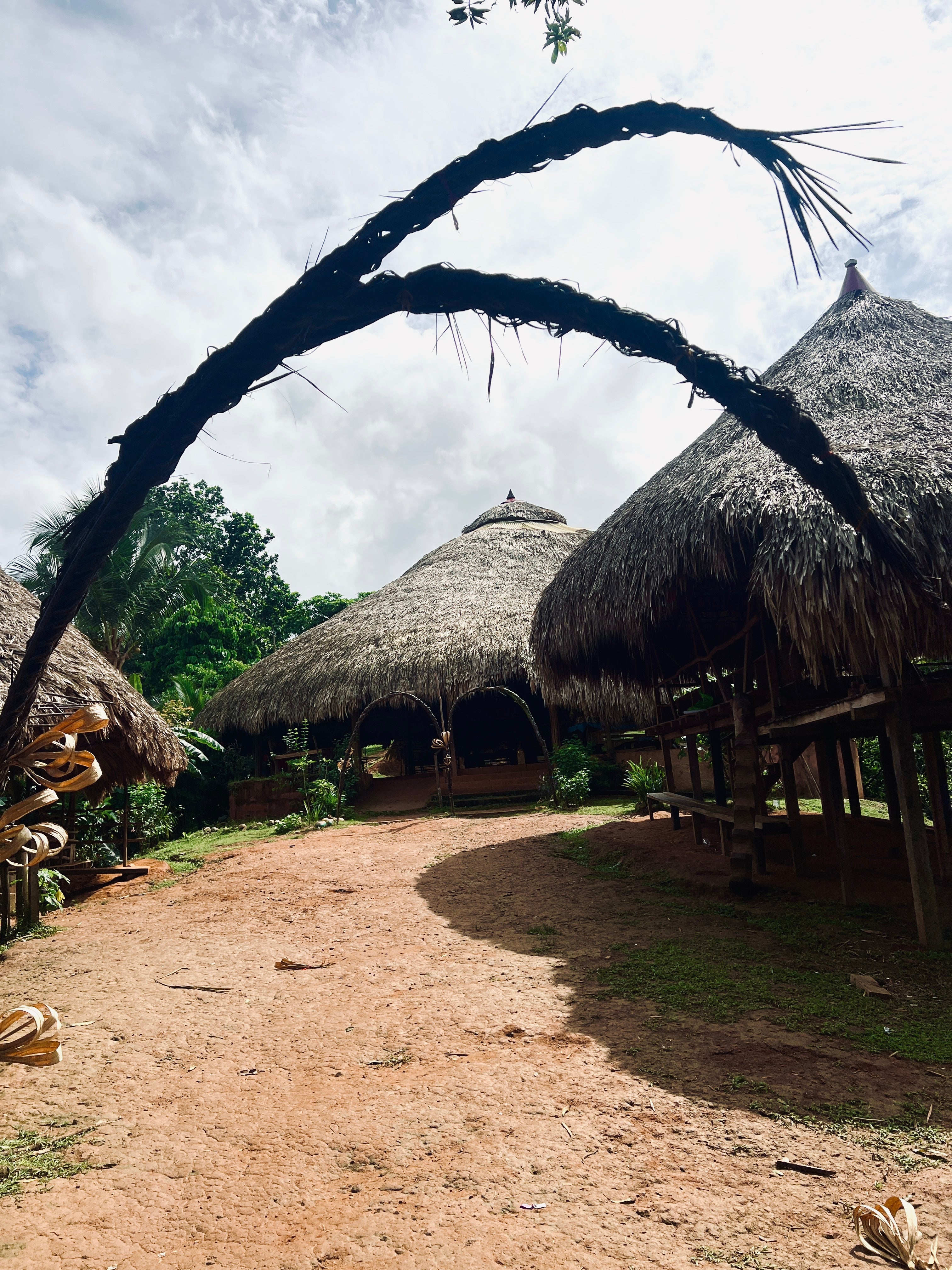
Traditional Panama Basket & Ornament Weaving
Sculptural knot tying techniques to create colourful, crafted tools and art.
Sailing upriver into the lush, leafy heart of Panama,
the noise of the city slowly faded, the gentle rhythm of waves and water took over. Like a passage through time, hidden within the dense rainforest, the Emberá community welcomed us with open arms, shaking the hands that have mastered the ancient language of fiber art and form.

The Emberá people are renowned for their intricate weaving techniques, passed down through generations. Using natural fibers harvested from the surrounding jungle, (palm leaves, chunga leaves, and lahuala leaves) they create baskets, bracelets and ornaments that are not only functional but deeply symbolic. Every coil and knot tells a story of nature, tradition and resilience.

Craft is more than a livelihood,
it’s a way of life. While the Emberá sell their work to visitors and local markets, it’s clear their weaving is rooted in identity, not just commerce. Each creation carries the spirit of the jungle and the hands that shaped it.
What struck most was the meticulous process behind each piece. Once sourced from the jungle, the fibers are then stripped to create a yarn like string. This process is usually completed by the men of the island.
The fibres are then dyed using natural pigments from fruits, roots and leaves, then dried in the sun before weaving begins. This process is usually completed by the women of the island.
The baskets, often made with such precision they appear machine-made, knotted so densely they become waterproof. The process can take weeks or even months to complete.
Bracelets and body ornaments, often worn during ceremonies or gifted to visitors are made with the same attention to detail, blending vibrant color and pattern in a way that feels both ancient and contemporary.
Another tradition in the community is the use of body ink made from the jagua fruit. The deep blue-black dye is painted onto the skin in intricate patterns that reflect personal stories, family ties and spiritual beliefs.
Similar to Mola patterns, these temporary tattoos provide more than decoration but serve as protection both physical and spiritual. Traditionally the ink helps shield the skin from insects, but also acts as a symbol of connection to ancestors and the natural world.
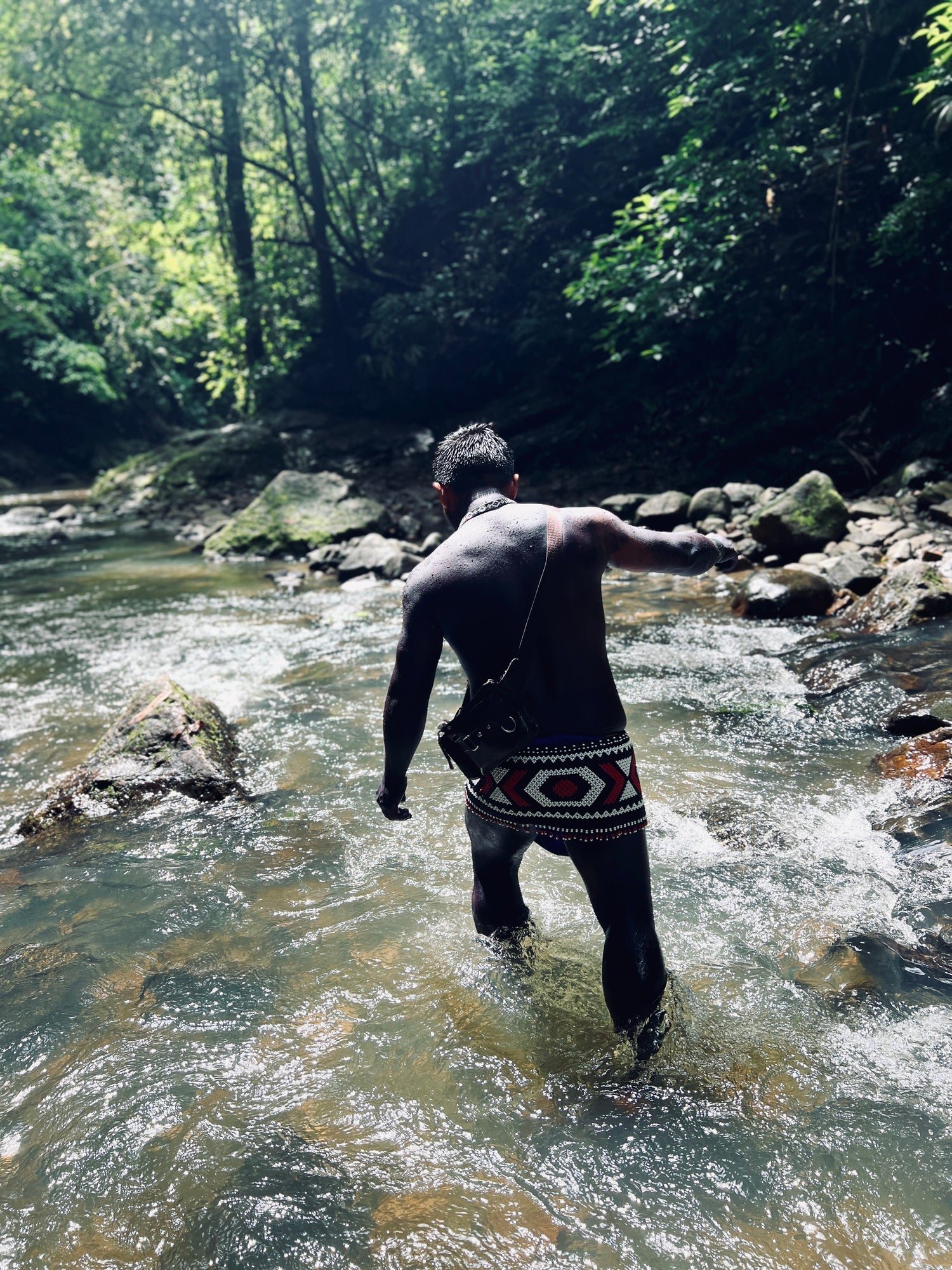
It was an incredible eye opening experience to see how these people live all as one community, sourcing the materials for one another to create their crafts.
Visiting and meeting the Emberá community was a gentle reminder of the beauty that exists when people live in harmony with their environment. Utilising craft to not only sculpt objects but a way of life that values patience, purpose and connection.
If you'd like to visit and explore Panama's fiber art history and indigenous communities, drop me an email for further details and travel recommendations.
Read More Textile Travel Blogs
-

Panama Appliqué - Mola
-
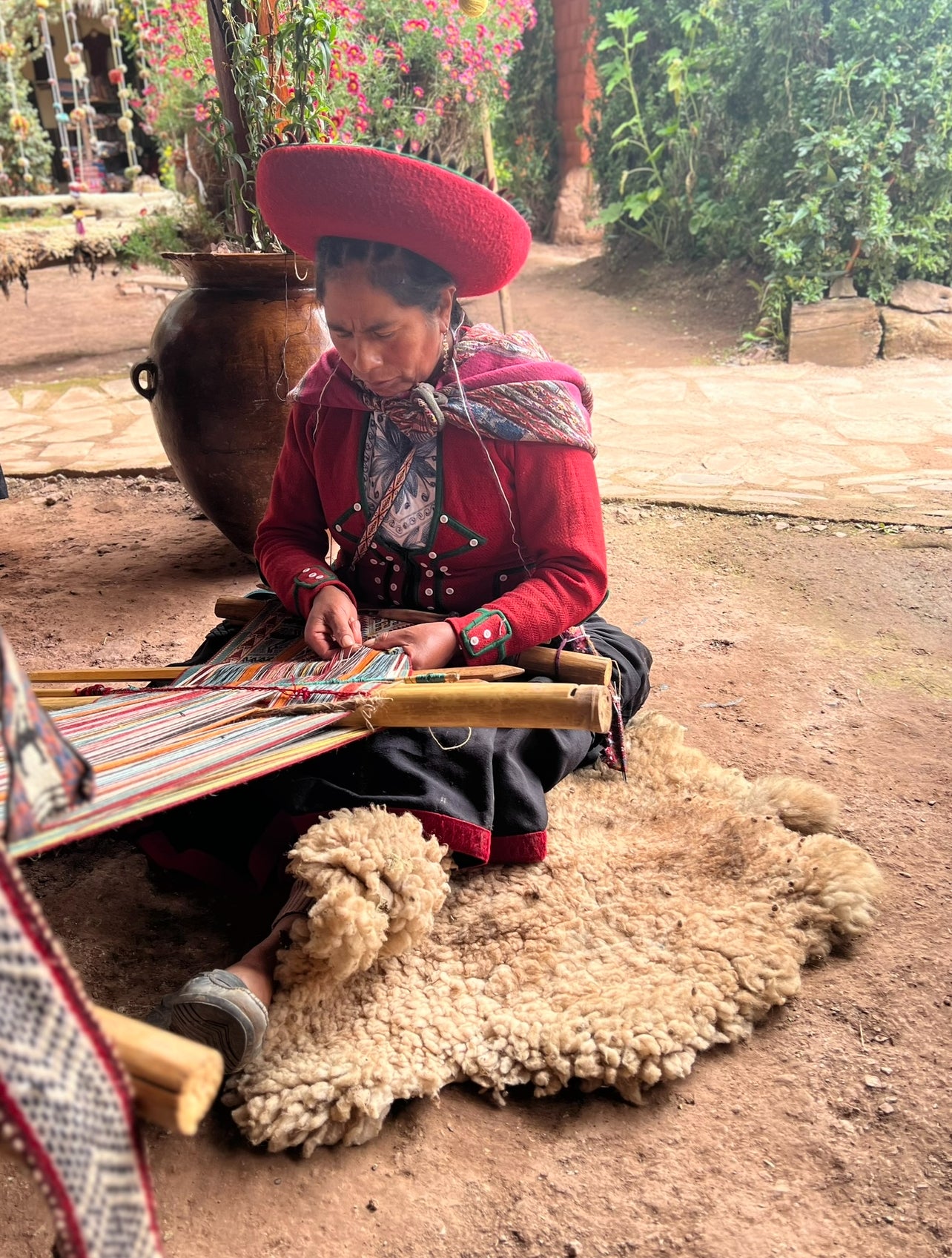
Peruvian Weavings
-

Australian Indigenous Craft
